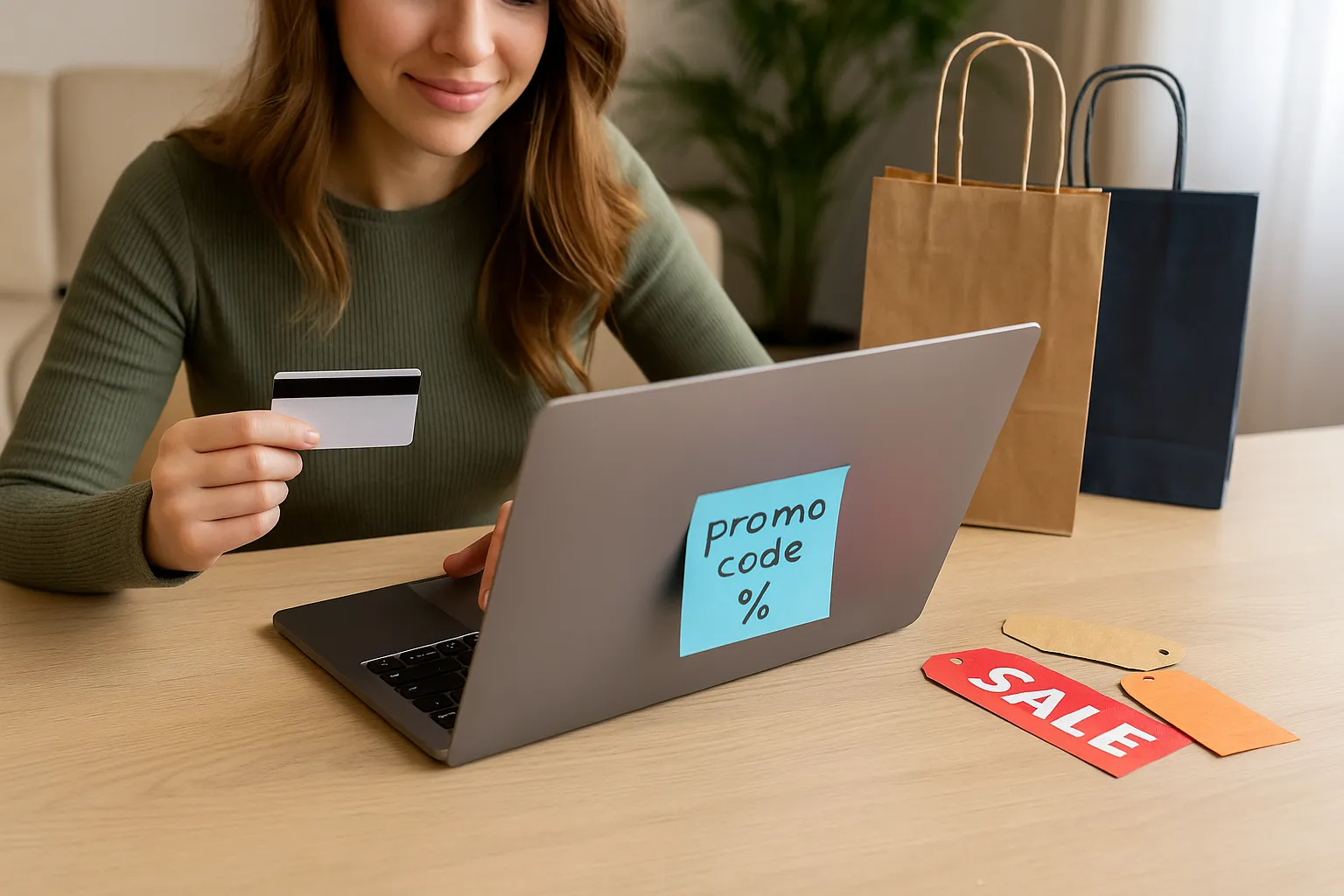If you’ve ever tried to apply a promo code during checkout and been met with that frustrating message—“This code is not valid for your order”—you’re not alone. Many shoppers experience this, and it can leave you wondering why promo codes seem to work perfectly for some people but not for others. The truth is, there are multiple reasons behind this, and most of them come down to how retailers design these codes to target specific customers.
As someone who frequently shops online and keeps up with the digital retail space, I’ve seen firsthand how promo codes can be both a blessing and a source of confusion. Let’s take a closer look at why these codes behave differently depending on who’s using them.
The Purpose of Promo Codes
Promo codes aren’t just about saving money; they’re strategic marketing tools. Retailers use them to attract new customers, reward loyal ones, clear out old stock, or promote certain product lines. Because the goals vary, the rules attached to these codes also vary.
For example, one promo code might only apply to first-time shoppers, while another might only work for purchases above a certain amount. This explains why two people shopping on the same site may get different results when entering the same code. Platforms like promo codes help simplify the process by collecting offers from different brands, but even then, the fine print makes all the difference.
Customer-Specific Restrictions
One major reason promo codes don’t work universally is customer eligibility. Some codes are meant only for new customers, while others reward returning shoppers. Retailers might also use geographic targeting, meaning a code valid in one country won’t work in another.
For example, a clothing retailer may send a 20% off code to customers who abandoned their cart, hoping to convert them into buyers. If you didn’t abandon a cart, you wouldn’t be able to use that same code. This personalized approach helps retailers maximize effectiveness, but it can leave some shoppers feeling excluded.
Minimum Spend and Product Limitations
Another common reason codes fail is because of spending thresholds or product restrictions. A code may require you to spend $50 before it applies, or it may exclude sale items, luxury products, or gift cards. Shoppers often miss these conditions when they’re in a rush, leading to disappointment at checkout.
Retailers design these rules carefully—they want to encourage higher spending without giving away discounts too freely. From their perspective, a promo code is an incentive, not a free-for-all.
Timing and Expiration Dates
Promo codes almost always have expiration dates, and some are only valid during specific times—like flash sales or holiday promotions. If you’re trying to use a code even a few hours after it expires, it won’t work.
Some codes are even more restrictive, working only during certain times of the day or week. This time-sensitive strategy encourages urgency, pushing shoppers to complete their purchases quickly.
Technical Issues and One-Time Use
Sometimes, the problem isn’t the shopper—it’s the system. Promo codes can glitch if a website has technical issues or if you’ve previously used the code and forgotten about it. Many codes are one-time use, so if you tried it before on a smaller purchase, you won’t be able to apply it again on a larger one.
Retailers often do this to prevent abuse, ensuring the discount is spread fairly among their customer base.
Personalized Marketing and Data Use
In recent years, retailers have become smarter about how they use data. Personalized promo codes are sent to specific email addresses or accounts, meaning they simply won’t work for anyone else. This is part of a trend toward individualized shopping experiences, where discounts are customized based on browsing history, loyalty status, or even location.
It’s a smart business move, but it explains why promo codes can feel inconsistent across different shoppers.
Real-Life Example
A friend of mine once tried to use a promo code I shared from a beauty retailer. It worked perfectly for me but didn’t apply to her order. After a closer look, we realized the code was exclusive to customers who had signed up for the brand’s loyalty program. Since I was a member and she wasn’t, the system automatically blocked her from redeeming it.
This kind of scenario is common, and it’s why reading the terms and conditions is so important before assuming a code will work universally.
Final Thoughts
Promo codes are powerful tools for both shoppers and retailers, but they come with strings attached. Factors like customer eligibility, product restrictions, minimum spend, expiration dates, and personalization all play a role in whether a code works for you.
The next time you see a code fail, remember—it’s usually not random. Retailers design these rules intentionally to guide customer behavior and maximize results. If you understand how they work, you’ll be better prepared to take advantage of them and save more effectively.












